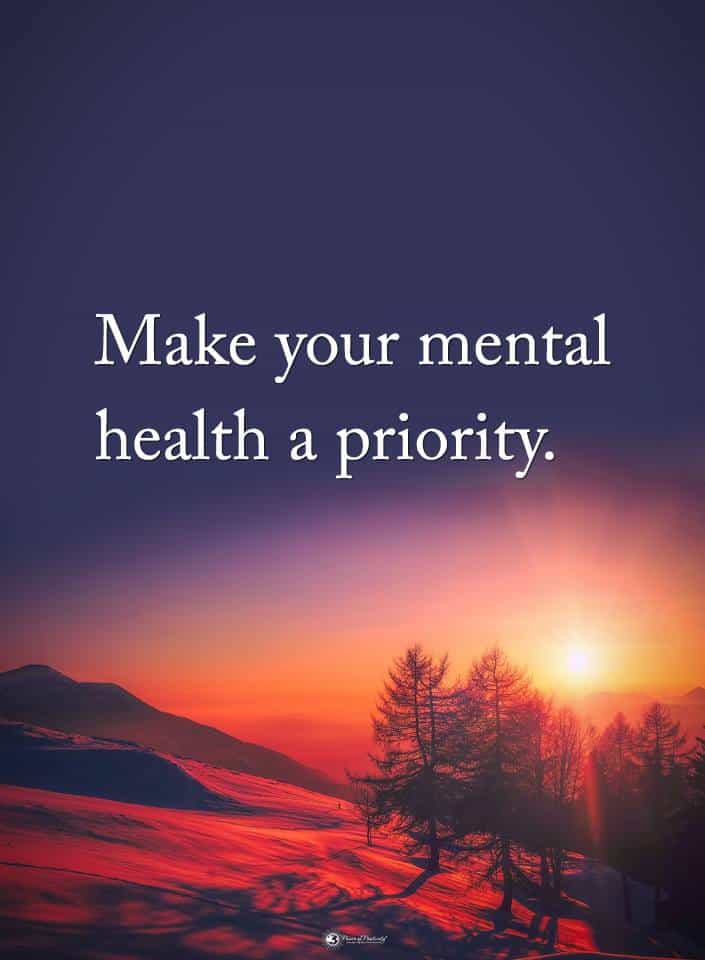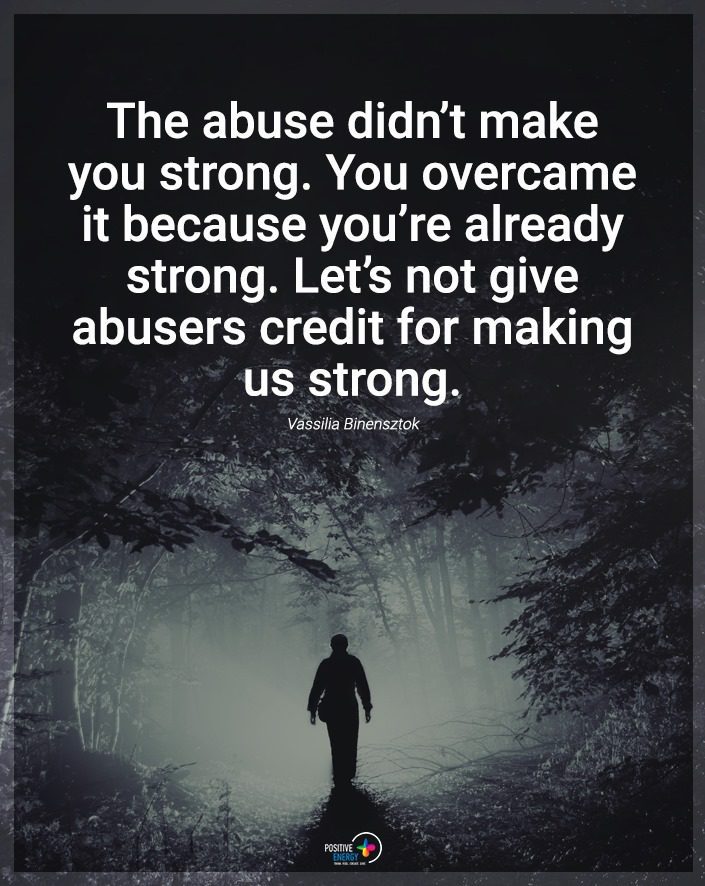Do you believe you have a positive mindset? Recollect an experience where you were shoveling through adversity, trauma, or negativity. What helped you move past the time in your life? Do you think a positive mindset would have quickened that timeline?
What is a Positive Mindset?
There is a true nature of power that comes from a positive mindset. A positive mindset isn’t advocating a lifestyle of always being happy and joyful. This outcome is impossible to achieve, and setting yourself up with an unimaginable expectation like this will drive feelings of self-doubt, defeat, and a loss of purpose. A positive mindset is about approaching life from a positive angle and involves making the most out of any situation occurring in your life.
Four Compelling Traits of People Who Have a Positive Mindset
Those with a positive mindset have self-awareness and do not fear confronting and overcoming negativity.

Acknowledgment
Life is a constant adventure, and we don’t have a compass to navigate what that adventure will look like. Nothing in life will ever go as planned, and that is the first step to having a positive mindset. It is about acknowledging you will experience failure, mistakes, grief, hurt, etc. Don’t avoid the inevitable. It will happen. If you can view the world with the expectation that life is messy and will be hard, you will be more psychologically and even physically equipped and prepared to deal with the challenges that visit you.
It is also important to acknowledge these times are just visiting. They do not last forever, and with time, your scars will be able to guide you. This acknowledgment is a very hard step because it is challenging to acknowledge adversity and affliction.
Gratitude
Most people generally define gratitude as the express appreciation for what one has. It is a value free of monetary measures. One of the things people with a positive mindset tend to reflect on is what they are gracious for. This thankfulness can come through meditation, journaling, speaking with a psychologist, or even openly conversing with others about gratitude. But why is having gratitude so important? Picture the pain and shadows that may creep in momentarily. Instead of worrying and fixating your attention on the pain that feels out of your control, attempt to shift your thoughts to what you have. When you begin to appreciate what you have, you will learn you have so much to offer in your life, and it is worth living.
Mindfulness
Mindfulness is critical to achieving balance in your mind, body, and soul areas. It may feel intimidating to address mindfulness. However, the key is incorporating at least one activity per day that will support this balance. For your mind, it can take fifteen minutes a day to read something in solitude or watch a documentary on something you find interesting or stimulating. For your body, you can exercise daily, take a walk outside, or even pace while you work so you maintain some form of activity. Lastly, for your soul, you can self-reflect and meditate, journal your feelings and emotions, or even read social media posts from spiritual leaders. It all begins with taking the first step.
If you can treat your mind, body, and spirit with intentional, mindful energy, you will have an overall positive mindset about yourself, which translates to how you feel about the world. Finding happiness in the world isn’t easy if you can’t find peace within yourself.
Resiliency
Resiliency has been a common trope throughout the COVID-19 era. Millions of people have been resilient by experiencing loss, economic disadvantages, mental health problems, and a new world to they need to adapt to. It may seem like resiliency is just facing adversity head-on. But that is just the first step to being more resilient. Before we discussed acknowledgment and how it is important to accept life will bring misfortune. Although acknowledgment will help you in the long run, it is still incredibly hard.
Embrace your resiliency by learning from your scars. Some of the most successful people have a long journey of loss, failure, and redirection. Your scars are an essential guide that will help you in the future. But the choice is yours. You can reflect on the things that happen in your life. This is why resilience is essential for your growth and development. Enjoy the unexpected, even when it’s not what you initially wanted.
The science of positivity shows if you routinely have positive thoughts and actions, you rewire your brain to think differently. You have the power to transform how you think and change your life. A positive mindset can be tough to understand because it is easy to slip into negativity, but here are five traits of people who have a positive mindset. Before reading about the characteristics, developing a positive mindset is a slow and steady journey. Take it one day at a time and learn what a positive mindset means to you and how you can allow your positivity to enter and support your life.








 1. Social Withdrawal or Isolation
1. Social Withdrawal or Isolation The exhaustion that you feel may be an external sign of an internal problem. For instance, if you feel like it’s all you can do to get out of bed in the morning and take a shower, it’s a sign that something is amiss. Unless there’s a justifiable reason for you to feel tired, then it’s often linked to mental health struggles.
The exhaustion that you feel may be an external sign of an internal problem. For instance, if you feel like it’s all you can do to get out of bed in the morning and take a shower, it’s a sign that something is amiss. Unless there’s a justifiable reason for you to feel tired, then it’s often linked to mental health struggles.
 Final Thoughts on Mental Health Struggles
Final Thoughts on Mental Health Struggles

 Final thoughts on shedding hostility and making the world a kinder place
Final thoughts on shedding hostility and making the world a kinder place



